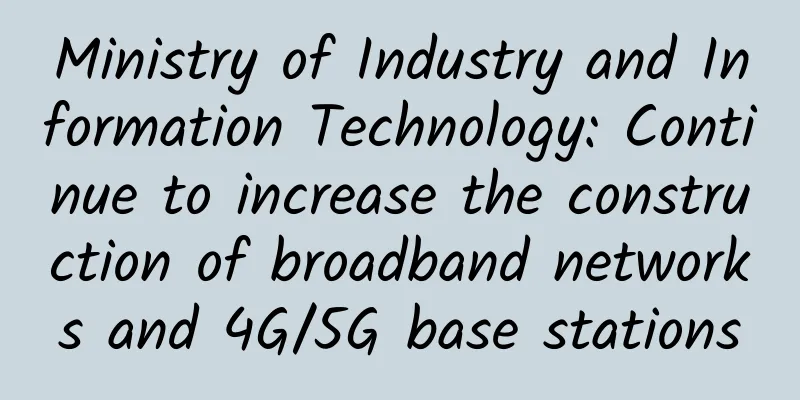5G and Wi-Fi 6, the next generation of infrastructure?
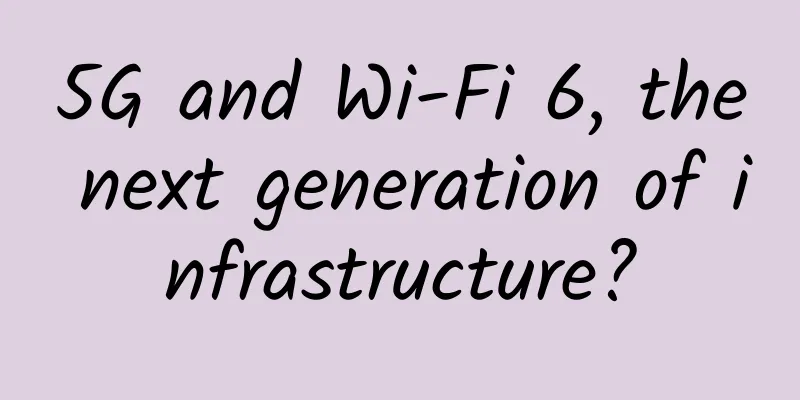
|
Cellular and Wi-Fi networks have come together to provide seamless wireless connectivity throughout smart cities. Today, real-time access to information and services is available both indoors and outdoors, and is used by utility companies, local government and emergency services, as well as ordinary people, for messaging, streaming content, and sometimes even in a variety of ways. As these networks migrate to next-generation infrastructure with higher capacity and faster speeds, the combination of these two technologies opens up new opportunities to make the environment smarter, more efficient, and more secure.
The need for speed There are many countries around the world that are in a race to upgrade their mobile and Wi-Fi infrastructure to cater to the increasing number of devices accessing the network. Live streaming and online gaming are by far the most data-hungry activities, and as the number of these users continues to grow, performance degradation will become a problem that the industry cannot afford. This is especially true for transportation, healthcare, and manufacturing applications that operate in real-time or close to real-time. Massive multiple-input multiple-output (or massive MIMO) and millimeter wave (mmWave) are key technologies for delivering fifth-generation cellular, or 5G. Together, they provide improved throughput and spectral efficiency to support higher speeds and capacity on cellular networks. Although small test networks have been set up in cities around the world, it will take some time for 5G to be fully deployed as the specific technology develops. With the launch of 5G, the sixth generation of Wi-Fi (called 802.11ax or simply Wi-Fi 6) will bring higher throughput and overcome the inferior performance of earlier versions in crowded areas. With Wi-Fi 6 chipsets, OEMs are actively adopting the new technology. It's so important that digital transformation expert ABI Research predicts that in the next four years, 70% of smartphones will support Wi-Fi 6, as well as more than 90 million desktop and portable PCs. Wireless Capacity In many cases, 5G and Wi-Fi 6 will complement each other to deliver significantly better performance in wireless infrastructure. For outdoor applications, 5G will support more users per cell, or higher capacity than its predecessors. Similarly, for indoor use, Wi-Fi 6 will have higher bandwidth and capacity, but at a significantly lower cost, solving performance issues previously encountered by festival revellers, football fans, conference delegates and other occasional mass gatherings. Cost and safety The decision as to which technology to use depends on cost and security requirements. Since the SIM card uniquely identifies each user, the cellular network can prevent unauthorized access. Moreover, the access provider controls the features, bandwidth, network and functions that each user is authorized to use. For 5G implementation, the experience gained by network operators in terms of inherent security and the ability to customize the services of previous generation cellular networks with higher speeds and capacity will be very useful. Without the need for a network operator and with a significantly lower cost per node, Wi-Fi is more economical for users. Since Wi-Fi 6 is fully backward compatible with all previous generations, users will have a lower upgrade cost and a greater conversion rate. The simplicity of using a plug-and-play Wi-Fi router without paying for it will surely attract and generate a large number of new applications. Wider applications As with current cellular and Wi-Fi collaborations, network operators will use Wi-Fi 6 access points to support 5G within buildings. However, new applications will be opened up. For example, upgrading to Wi-Fi 6 will enhance wireless security systems by adding motion detection capabilities. It will also provide higher-resolution video. In both cases, 5G networks will likely provide real-time streaming of high-definition video from the cloud. In public places, people will be able to seamlessly switch between 5G and Wi-Fi 6 as needed. While this is already possible, the next generation of connectivity will enable more devices to access more data simultaneously. For example, at this year's Super Bowl LIV, the NFL reported that just over 70% of the 62,000 fans used more than 26 TB of data with Wi-Fi alone. Using older technology, that was nearly 600 MB per device. The 2022 Super Bowl will be held at the new SoFi Stadium in Los Angeles, where the NFL will provide an even higher level of access. The stadium and entertainment center has more than 2,500 Wi-Fi access points, providing four times the bandwidth and allowing up to 100,000 fans to connect to Wi-Fi at the same time. Next-generation cellular and Wi-Fi will deliver enhanced vehicle automation, allowing cars to communicate with each other on the road. Smart cars already integrate hundreds of sensors and manage multiple data streams. 5G and Wi-Fi 6 will increase capacity by up to ten times, enabling real-time interactions between vehicles. Transportation infrastructure will also become smarter with 5G and Wi-Fi 6. Real-time traffic monitoring systems will use artificial intelligence (AI) algorithms for advanced analytics. Depending on conditions, smart signage and signals will manage traffic flow to avoid congestion and minimize delays. The ability to respond to events in real time and increase capacity will also enhance pedestrian zones and bike lanes. Street lights can turn on as people approach, and real-time alerts can warn of oncoming traffic. Enhanced geo-location technology can also announce personalized messages about upcoming events and the latest discounts nearby. 5G and Wi-Fi 6 in city infrastructure will enhance essential public utilities. Sudden changes in weather or live events will allow power grids and water service companies to manage their services more efficiently. With widespread 5G and Wi-Fi 6 coverage, the Internet of Things becomes even more powerful and opens up new possibilities. Smart waste bins powered by solar energy can alert waste collection services when they need to be emptied. Real-time self-monitoring of capacity levels can make waste management services more responsive and efficient while reducing the number of collection vehicles on the road. Cities will also be made cleaner and quieter through more automation using 5G and Wi-Fi 6. When pollution reaches a certain level, for example, remote-controlled air filters installed on street furniture could be turned on. Similarly, noise cancellation or noise reduction technology could automatically turn on when sound emissions exceed a certain level. Comprehensive coverage With full high-speed coverage and greater capacity, 5G and Wi-Fi will wirelessly connect nearly all of a city’s infrastructure. IoT devices will be able to monitor and report in real time, providing the necessary data for further AI-enabled analysis that will benefit user experience as well as public health and safety. We can already imagine many smart city applications when the next generation of wireless technology does roll out, but who knows what other opportunities there will be? |
>>: 5G new infrastructure, a new strategic "high ground" for cloud giants to accelerate their layout
Recommend
Sharing of practical experience on routing technology pitfalls, have you learned it?
With the rapid development of information technol...
RAKsmart: VPS starts from $0.99/month, dedicated server starts from $20/month, US/Hong Kong VPS/cloud server starts from $19.9/year
Yesterday we shared the news of RAKsmart recharge...
LOCVPS Mid-Autumn Festival and National Day Promotion: 30% off on CN2 restocking in Kwai Wan, Hong Kong, 20% off on all items
The Mid-Autumn Festival and National Day are appr...
Several steps and tools for troubleshooting the network
Let me ask a question first. If one day you sudde...
Several thinking patterns that need to be changed in the 6G era
First of all, 5/6G is born for the interconnectio...
On the day of the Chinese college entrance examination, most of the Internet in the world was paralyzed by this "small company"
On June 8, while the college entrance examination...
Let’s talk about the stories behind Cookie, Session and Token
Hello everyone, I am Director Dabai(●—●). Today I...
Wall Street's largest securities service platform brings blockchain technology to the CDS market
[Original article from 51CTO.com] According to Bl...
Five elements for building a private 5G network
We know the “voice and text messaging” capabiliti...
How does the gateway record request response logs in SpringCloud microservices?
Hello everyone, I am Piaomiao. In microservices d...
BudgetVM: Los Angeles/Dallas/Chicago/Japan/Hong Kong dedicated servers starting at $49 per month
BudgetVM is a local data center founded in 2015. ...
Telecommunications Unions always merge when things get tough: the operator version of "The Wolf is Coming"
I wonder if you have noticed this strange phenome...
Look up to the sky with 5G, keep your feet on the ground with 4G
[[348928]] October 28 news: Although 5G has alrea...
IonSwitch: $1.75/month KVM-1GB/10G SSD/1TB/Idaho
IonSwitch is a foreign VPS hosting company establ...
RAKsmart New Year's Big Offer: Cluster Servers Starting from $142/month, Available in Los Angeles/San Jose/Japan/Hong Kong Data Centers
RAKsmart is a Chinese-owned computer room, provid...




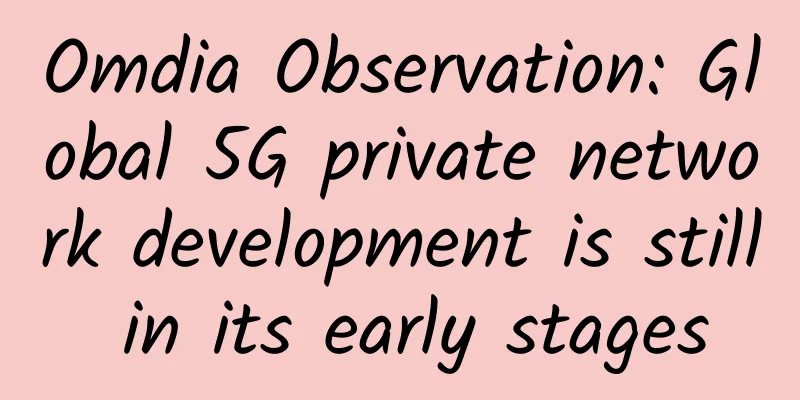

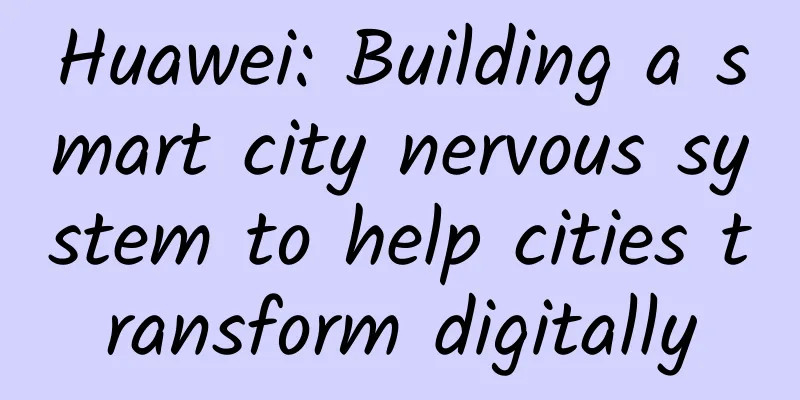
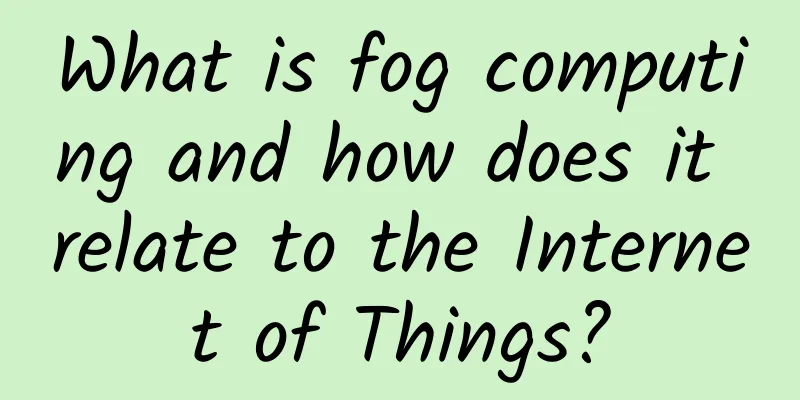
![[6.18] iOVZ VPS 20% off monthly payment and 30% off annual payment, Hong Kong VPS gets double memory](/upload/images/67cabe6619e38.webp)
